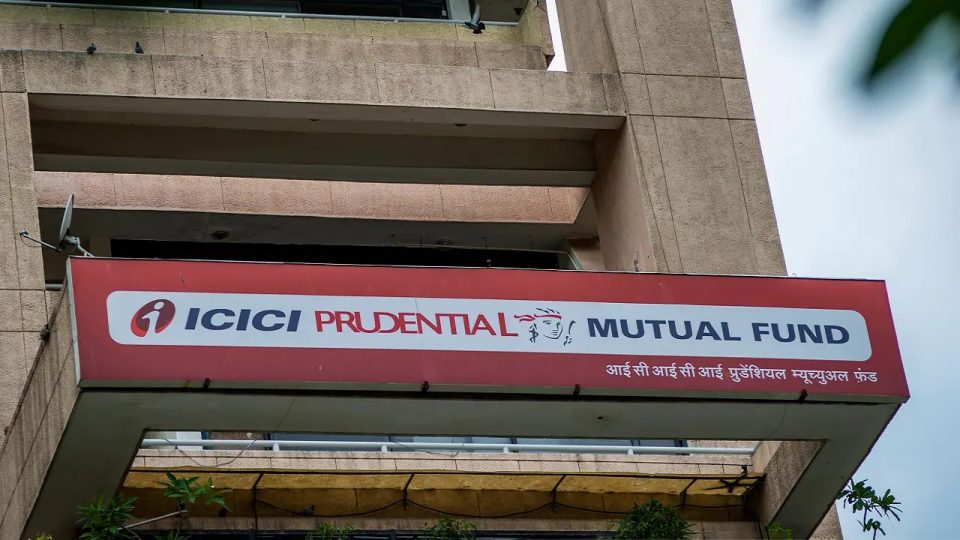ICICI Prudential Mutual Fund has launched a PSU Equity Fund to invest in government-owned companies on stock exchanges. New Fund Offerings (NFOs) began on August 23.
The ICICI Prudential PSU Equity Fund invests 80% of its corpus in PSU stocks subject to SEBI-regulated thematic fund restrictions. For the remaining 20%, fund managers have the flexibility to look for opportunities outside the investment themes.
Compared to the market benchmark BSE S&P Sensex, PSU stock has outperformed over the past two years. The S&P BSE PSU Index has risen 52% over the past two years, while the BSE S&P Sensex has risen 24% over the same period.
Still, valuations remain attractive. Mittul Kalawadia, senior fund manager at ICICI Prudential MF, said: “In the past, we have proposed funds that focus on sectors or market segments where there is an investment case, but valuations have been low due to lack of investor interest.”
In 2018, ICICI Prudential MF Launched the ICICI Pharma Healthcare and Diagnostics (PHD) Fund and in 2019, the ICICI Commodities Fund.
Kalawadia said that within the PSU, there are clear opportunities in the PSU banking and power sector. “PSU banks have had many problems over the past three or four years. They had to write off a couple of bad debts from the books. Now, corporate balance sheets are also significantly deleveraging and financially better. So overall, in other words, NPA doesn’t have many problems. Beyond that, higher interest rates and improved credit growth will boost its net interest margin,” Kalawdia noted.
The power sector, Kalawdia said, is another unpopular sector. Still, as we see a widening power deficit during peak hours, the industry is bound to grow to cover this deficit.
Financial planners say PSUs can be an excellent tactical allocation. “PSUs offer higher dividend yields, which are higher when accumulated through the mutual fund route. There are elections in the next two years, and PSU stocks have historically tended to perform well during this period,” Gaining Ground Investment Services Founder Ravi Kumar TV said.
Additionally, the Capex cycle is expected to improve, benefiting sectors such as energy, metals, PSU banking, logistics, capital goods, and others. PSU has a lot of business. Favourable government policies such as production-related incentive programs and global tailwinds from China plus a policy of global companies seeking to diversify their supply chains outside China should spur growth in the Capex cycle.
PSUs can go through long business cycles, including highs and lows. And because of the wide range of departments within a business unit, each department has its cycle at different times.
Between 2001 and 2011, PSUs largely went through an upswing cycle, during which the S&P BSE PSU index generated 11 times returns, according to data analyzed by ICICI Prudential MF.
On the other hand, the S&P BSE PSU Index delivered a negative 28% return between 2018 and 2020 before the COVID-19 crash. This can also be seen in the performance of two passively managed exchange-traded funds (ETFs) based on PSUs – the Bharat 22 ETF and the CPSE ETF – which delivered negative returns of 11% and 30%, respectively.
The market benchmark S&P BSE SENSEX returned 25.4% during the same period.
Financial planners say PSUs can work well if managed well, and government policies favour the industry. “There are more variables in PSU. Besides the industry’s business cycle, government policies can also have a major impact on the business,” said Rushabh Desai, founder of Rushabh Investment Services.






